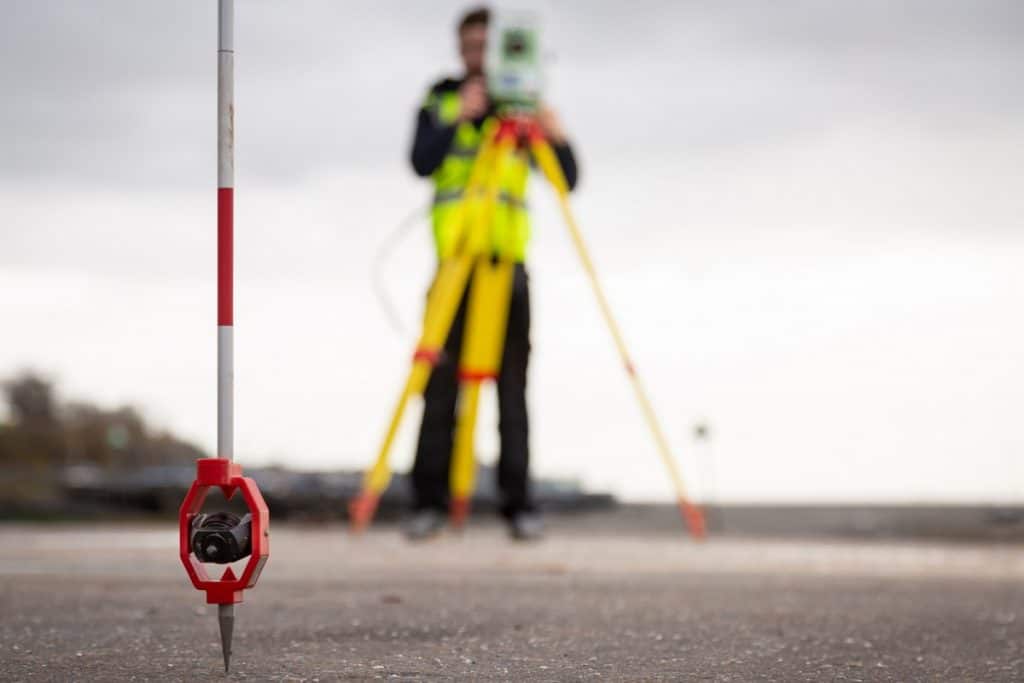Property Surveys: A Normal Estate Attorney's Base on the Types and Purposes


Law institution doesn't teach many about land research, which leaves several aspiring real house attorneys in the quandary. Surveys generally occupy the key of real estate deals and disputes. In fact, surveys are central to THE MAJORITY OF real-estate matters, which include land conveyances, boundary disputes, and home development. Yet virtually all beginning attorneys general shortage a basic knowing of the types of surveys. Despair not: this specific article provides a good introduction to the types of surveys in addition to their intended uses.
DIFFERENT TYPES OF Have a peek at this website and purpose of the survey can greatly increase the reader's understanding. This is quite similar as searching out an aircarrier window: the region a long way below can be incomprehensible unless you possess some idea of precisely what to expect.
You can find roughly four overarching categories of studies: 1) boundary, 2) plat, 3) topographic, and 4) construction. Each has its own purpose as follows:
1. Border. Boundary surveys present the location associated with lots without separating them into innovative properties. The most typical subcategory is a 'record of survey', which can be the variety identified recorded with region auditor's offices. Additional subcategories include 'right of way' (road boundaries), ALTA as well as ACSM (surveys regarding land title policies), riparian (water boundaries), and boundary range adjustment.
2. Plat. Plats depict the label of properties. These people basically take one property and break up it into 2 or more elements. For example, some sort of plat might make a subdivision, or perhaps a 'short plat' might create the small subdivision. These types of surveys can also show multiple properties which usually coexist as a single lot-a condominium 'survey map and even plan. '
a few. Topographic. Topographic surveys show the "contours" of the land. The standard and typical "contour" is change in elevation, generally draw as lines representative of two foot rises or drops. Other typical contours include complexes, roads, utilities, waterways, and trees. Instead of boundary surveys in addition to plats, topographic studies typically do not give attention to lot ranges, though boundary ranges may be included intended for added perspective. A new wetlands critical place survey is a good example regarding a topographic subcategory.
4. Construction. Because the name implies, construction surveys meet construction site plus planning needs. That they thus often present roads, sewer traces, elevation changes, storm drain sections, electric power lines, building proportions, physical obstruction, in addition to any other functions about which building contractors should be cognizant. Consider them the particular survey equivalent to be able to a building's system drawings.
Before interpreting any survey, first of all identify its type and purpose. Your clients will be glad for it later.
